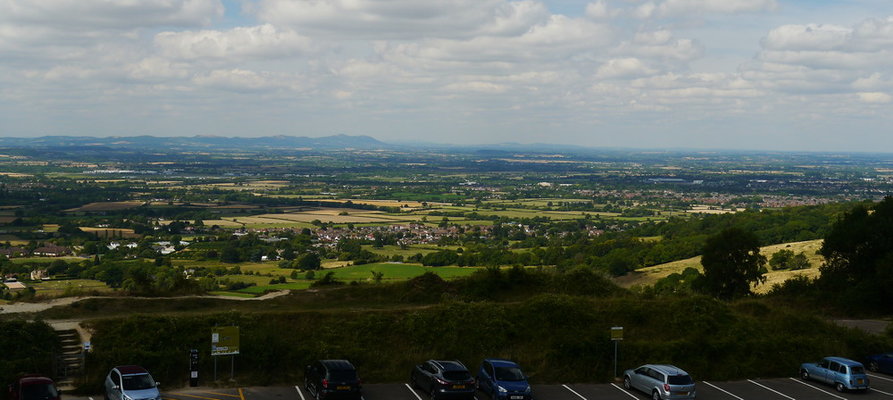I am having a problem with my 1972 845cc R4. After a run, the carburettor is sufficiently hot that the fuel in the float bowl evaporates into the inlet manifold. Consequently if you try to start it after a minute or two, it won't as the float bowl is empty and the inlet manifold is flooded.
If you leave it for a few minutes until the carb has cooled down, it will start perfectly OK as soon as new fuel has been pumped into the carb with a few turns of the ignition.
I have had a look at various previous posts on the Forum and it looks as if many people have experienced this problem (car stopping, refusing to start, then starting again after a few minutes) but no-one seems to have tracked the problem down to an overheating carb. I know this to be the cause as if you remove the air filter immediately after a run you can see the hot fuel bubbling out.
The engine itself is not running hot. When the car is actually in motion presumably the draught through the radiator grille, and the cooling due to evaporation of the petrol, keep the carb sufficiently cool.
The question now is - given that it is a hot carb which is the culprit, has any reader managed to solve this problem?
My carb is a Zenith 28mm. One way round might be to fit a complete carb, manifold and vacuum-advance distributor system from a late-plate French 845cc vehicle (bigger and more sophisticated carb). My other 845cc R4 (1984 LHD) has this setup and has never given this trouble. But does anyone know another way round it?
If you leave it for a few minutes until the carb has cooled down, it will start perfectly OK as soon as new fuel has been pumped into the carb with a few turns of the ignition.
I have had a look at various previous posts on the Forum and it looks as if many people have experienced this problem (car stopping, refusing to start, then starting again after a few minutes) but no-one seems to have tracked the problem down to an overheating carb. I know this to be the cause as if you remove the air filter immediately after a run you can see the hot fuel bubbling out.
The engine itself is not running hot. When the car is actually in motion presumably the draught through the radiator grille, and the cooling due to evaporation of the petrol, keep the carb sufficiently cool.
The question now is - given that it is a hot carb which is the culprit, has any reader managed to solve this problem?
My carb is a Zenith 28mm. One way round might be to fit a complete carb, manifold and vacuum-advance distributor system from a late-plate French 845cc vehicle (bigger and more sophisticated carb). My other 845cc R4 (1984 LHD) has this setup and has never given this trouble. But does anyone know another way round it?






